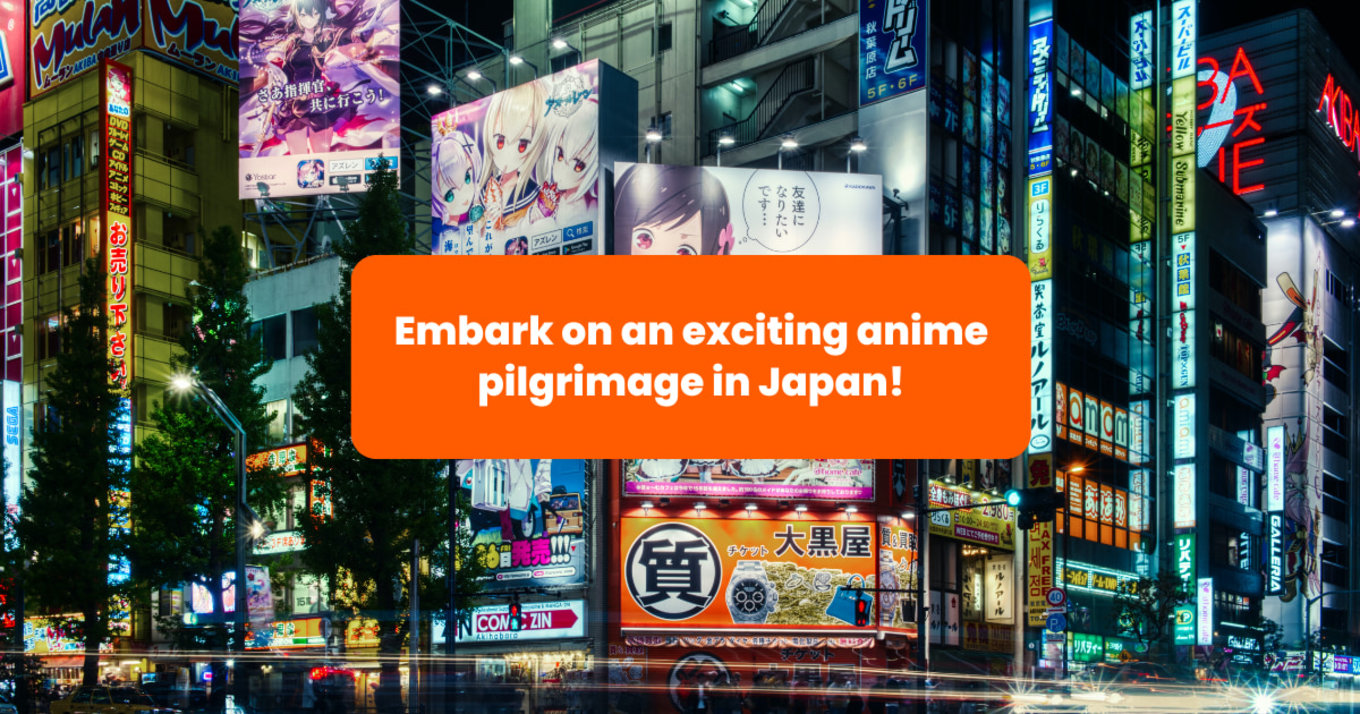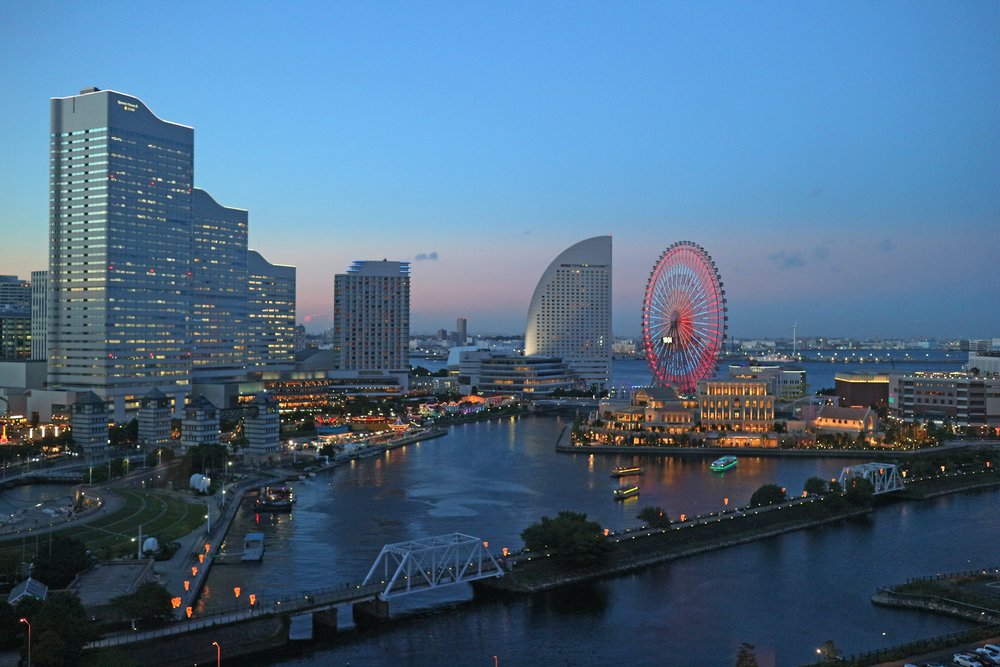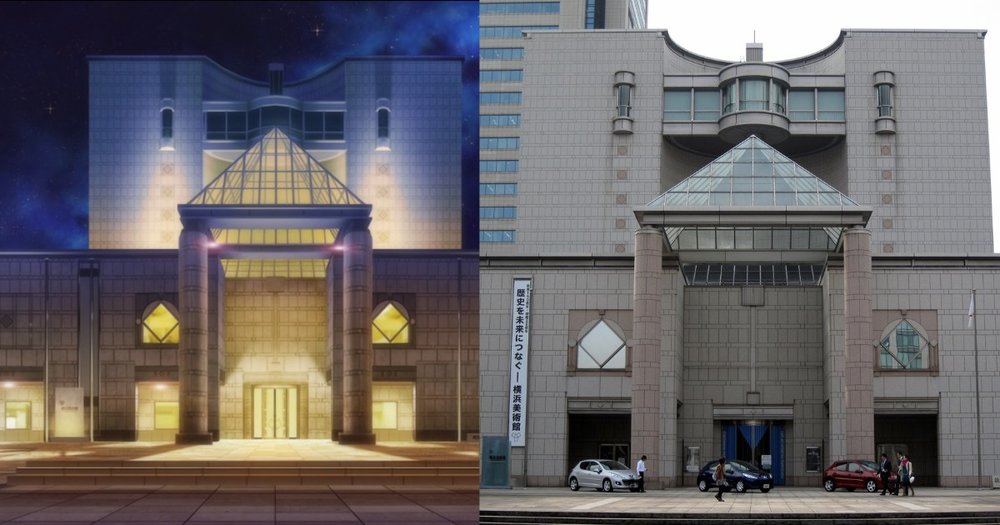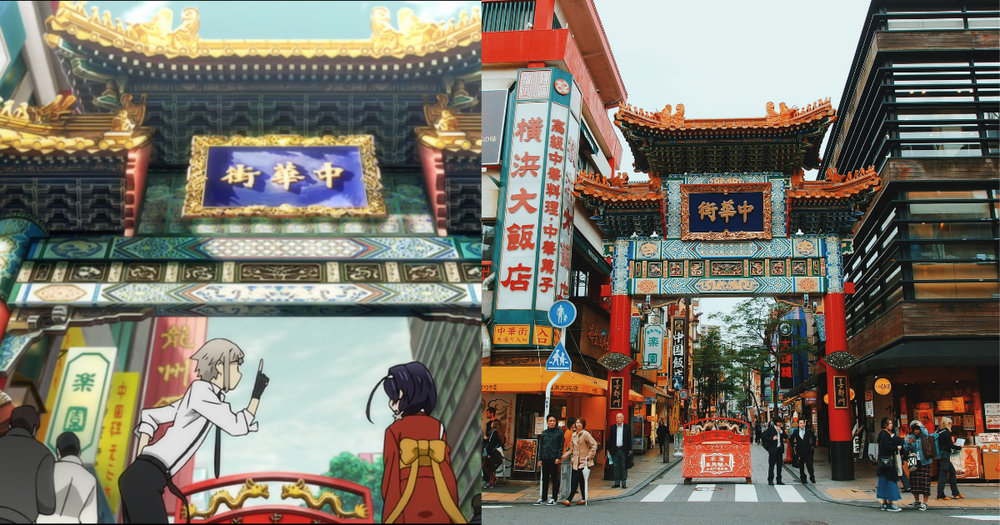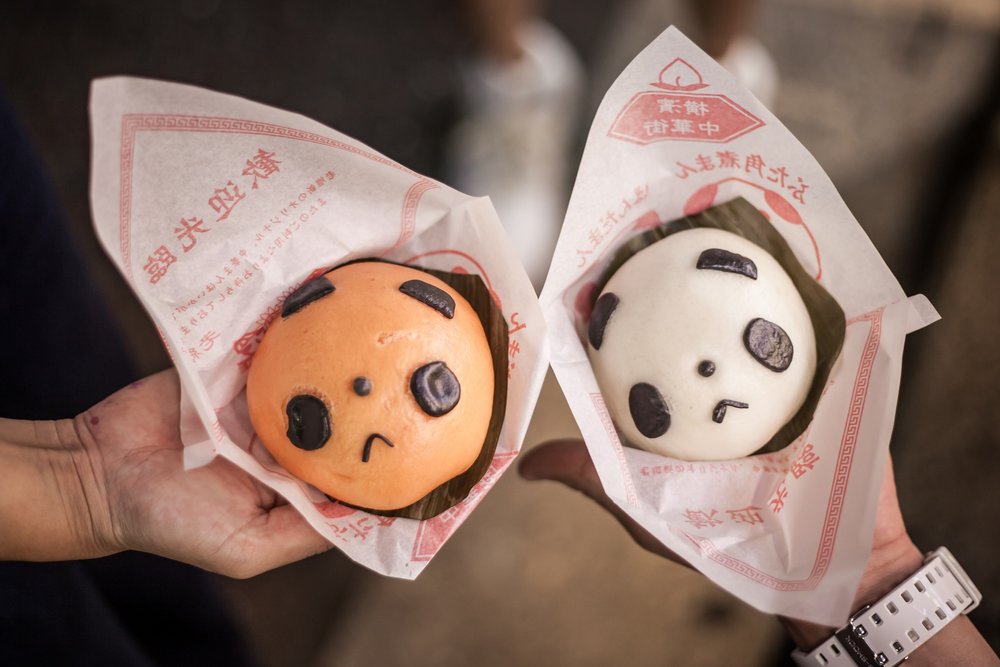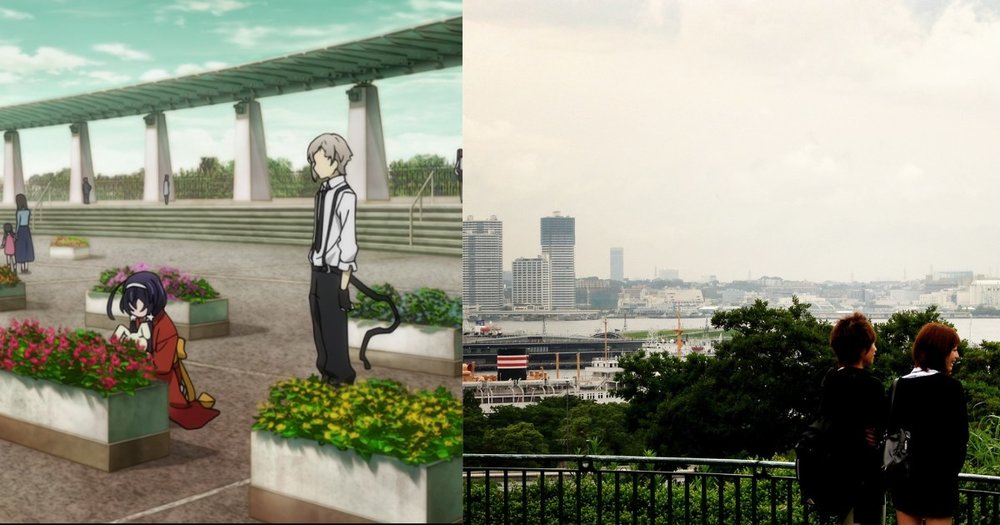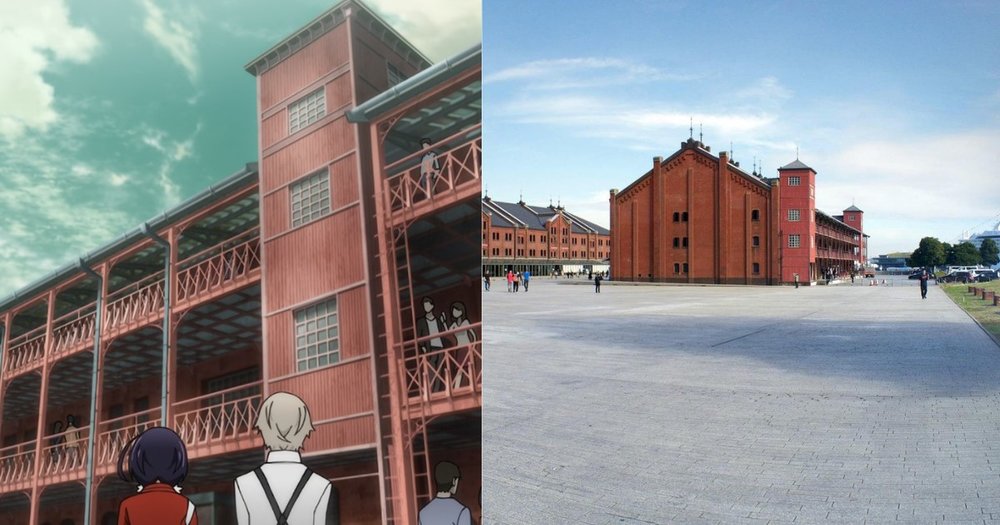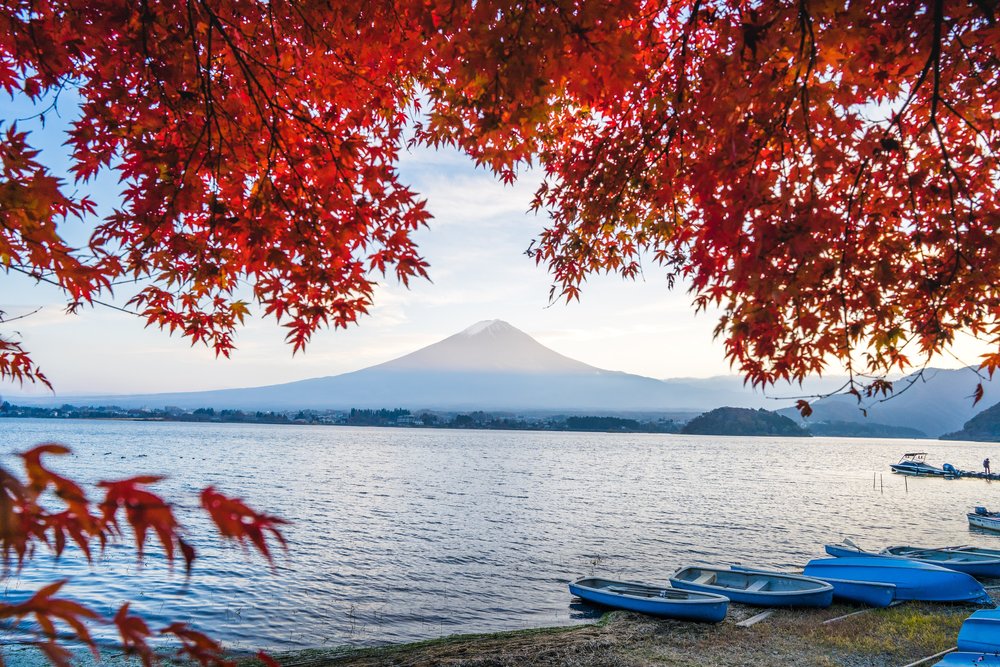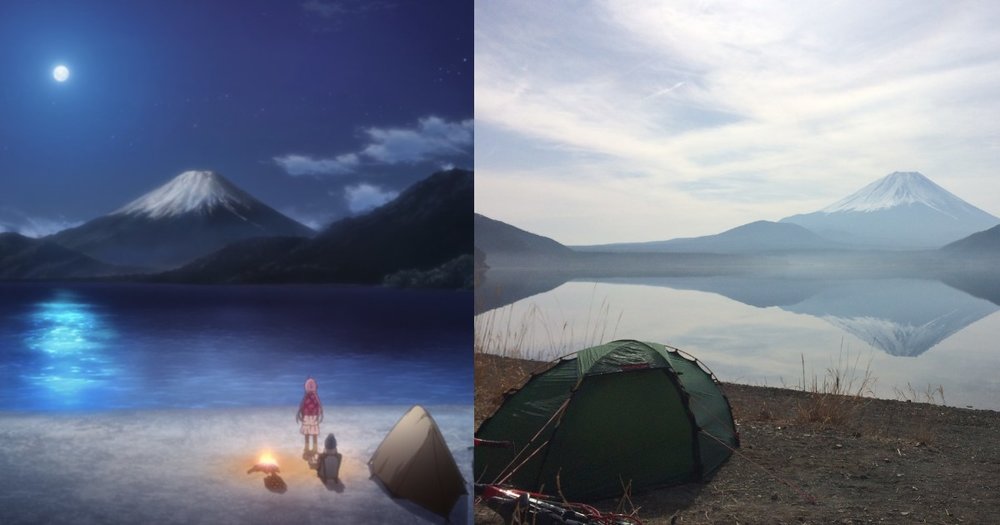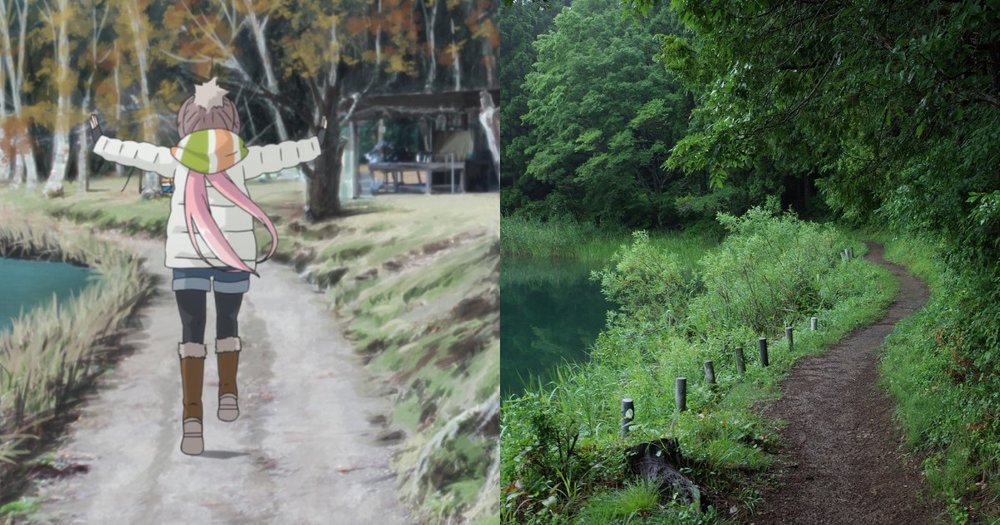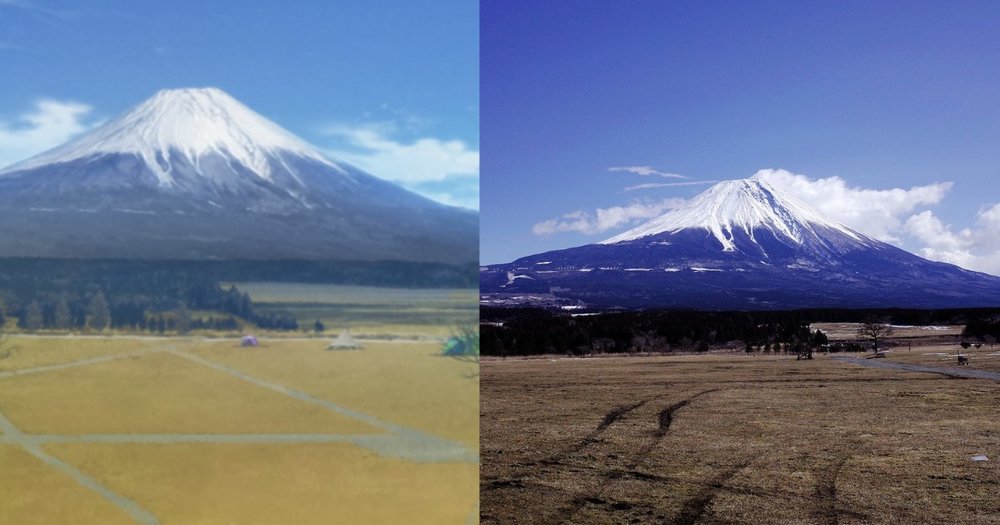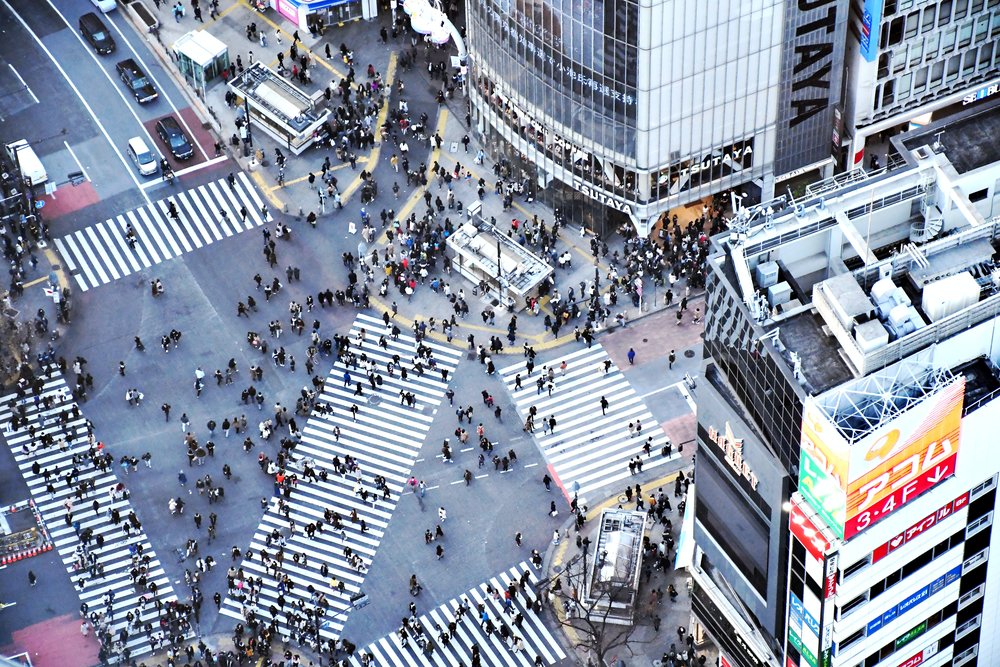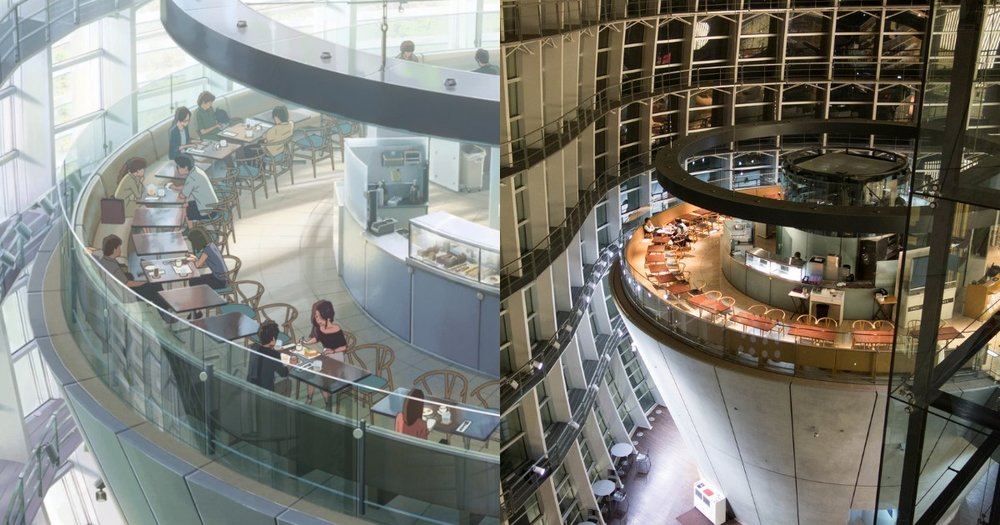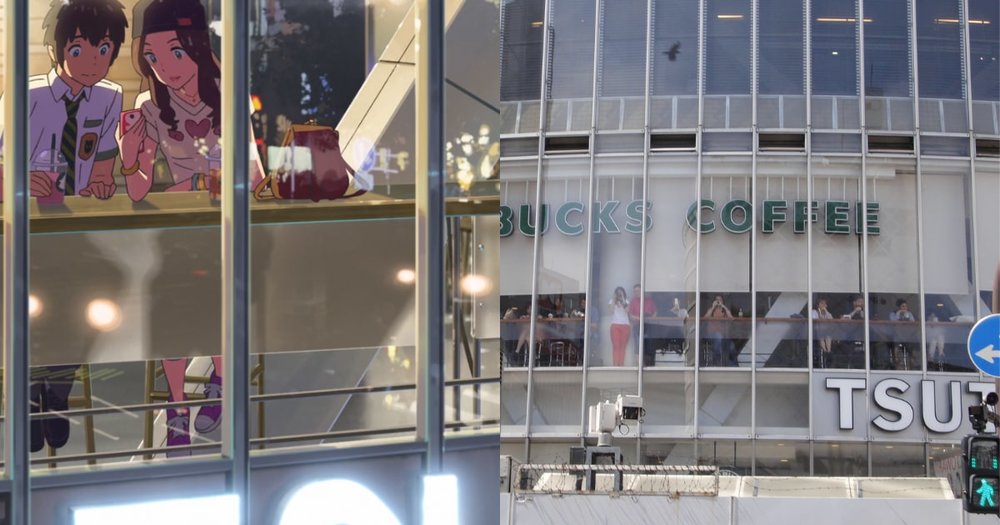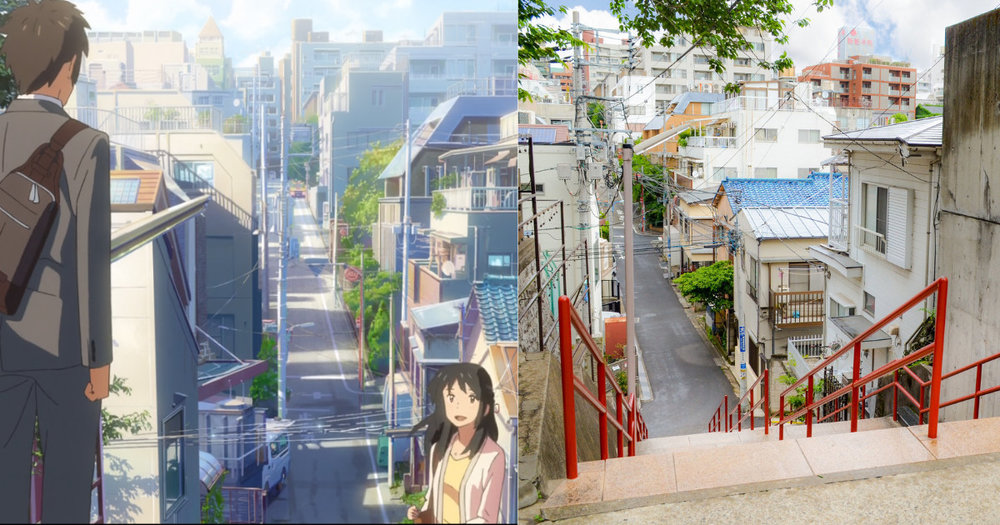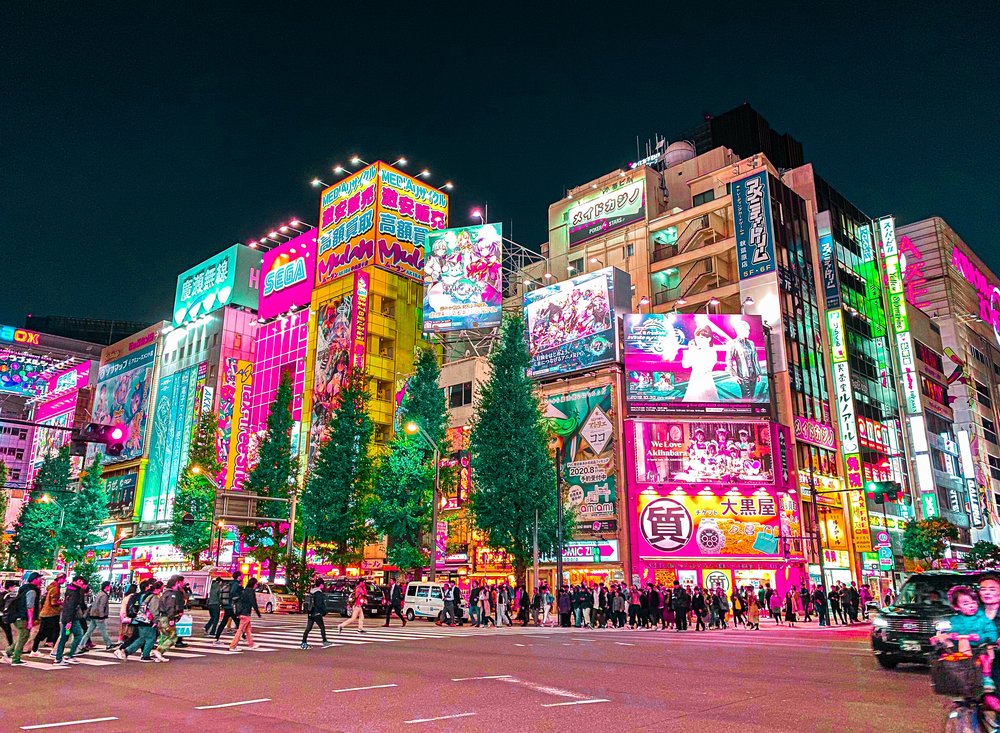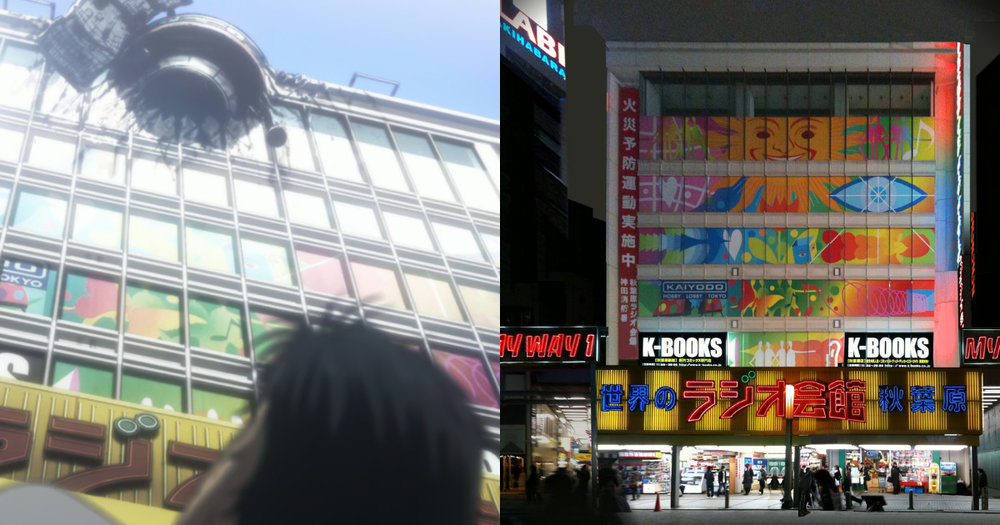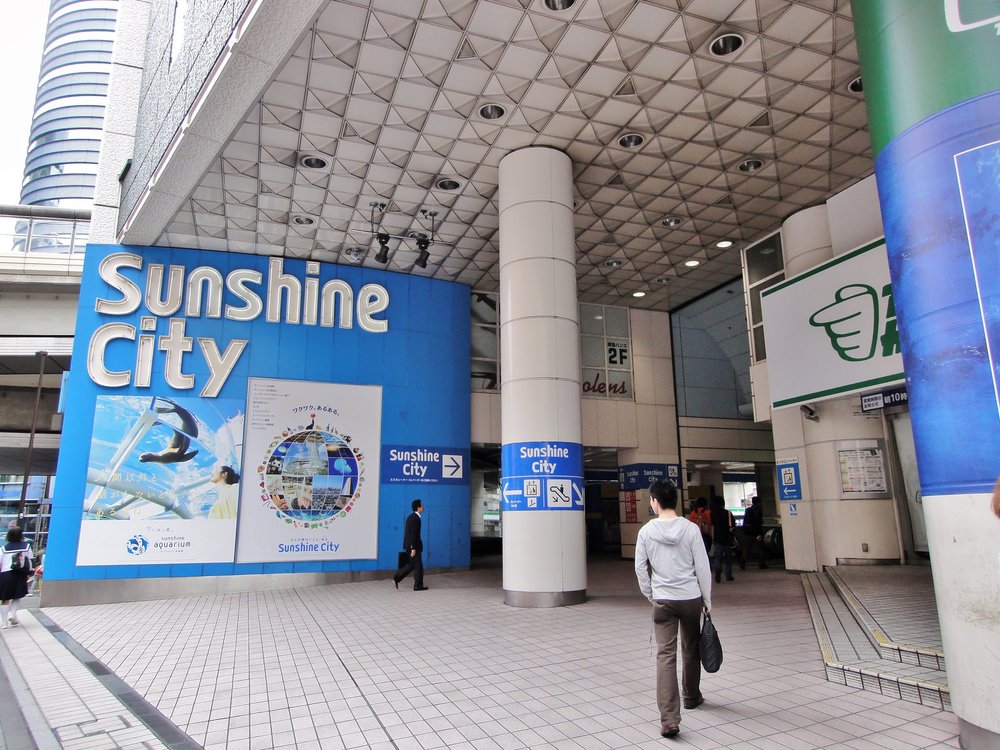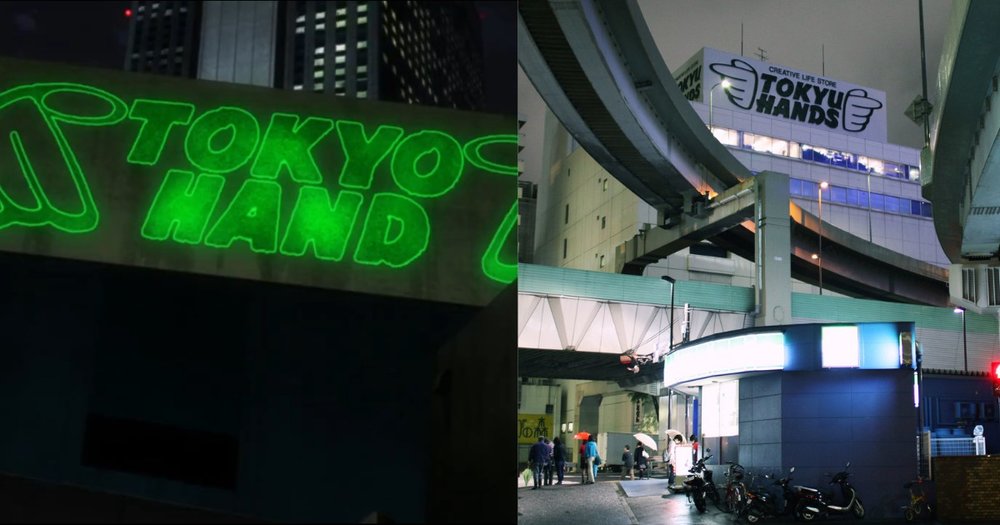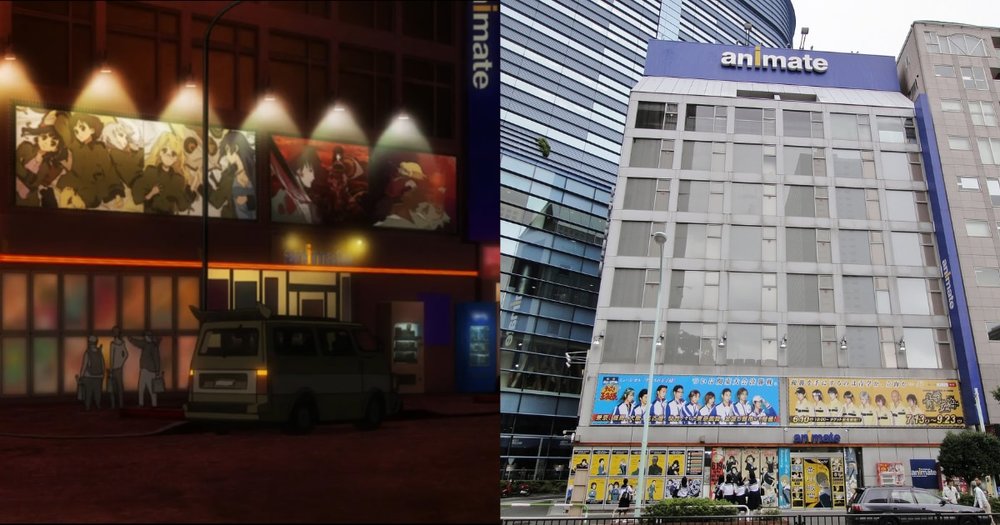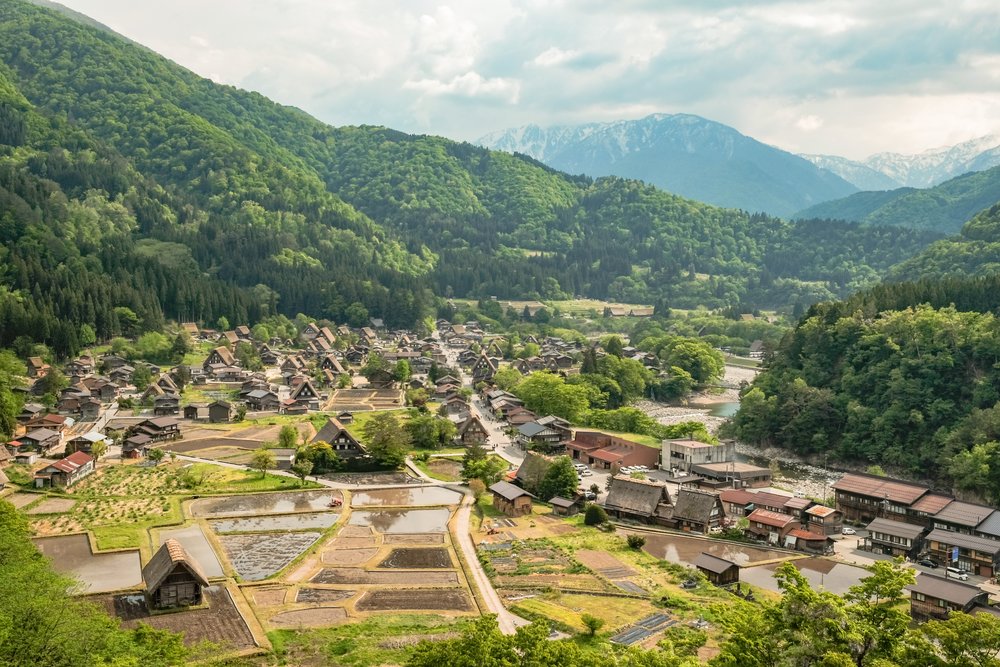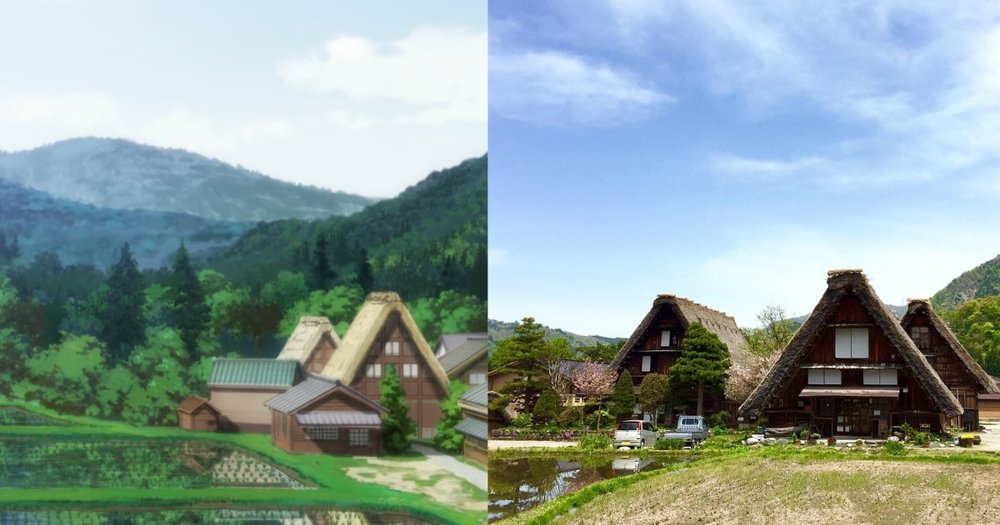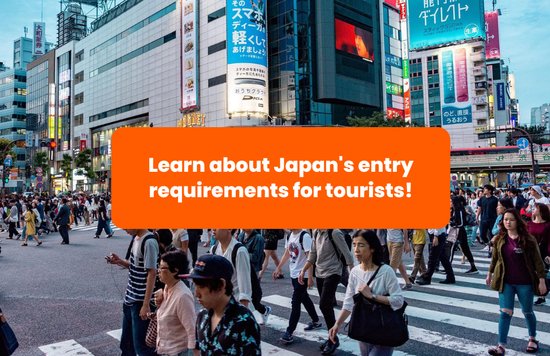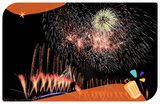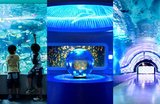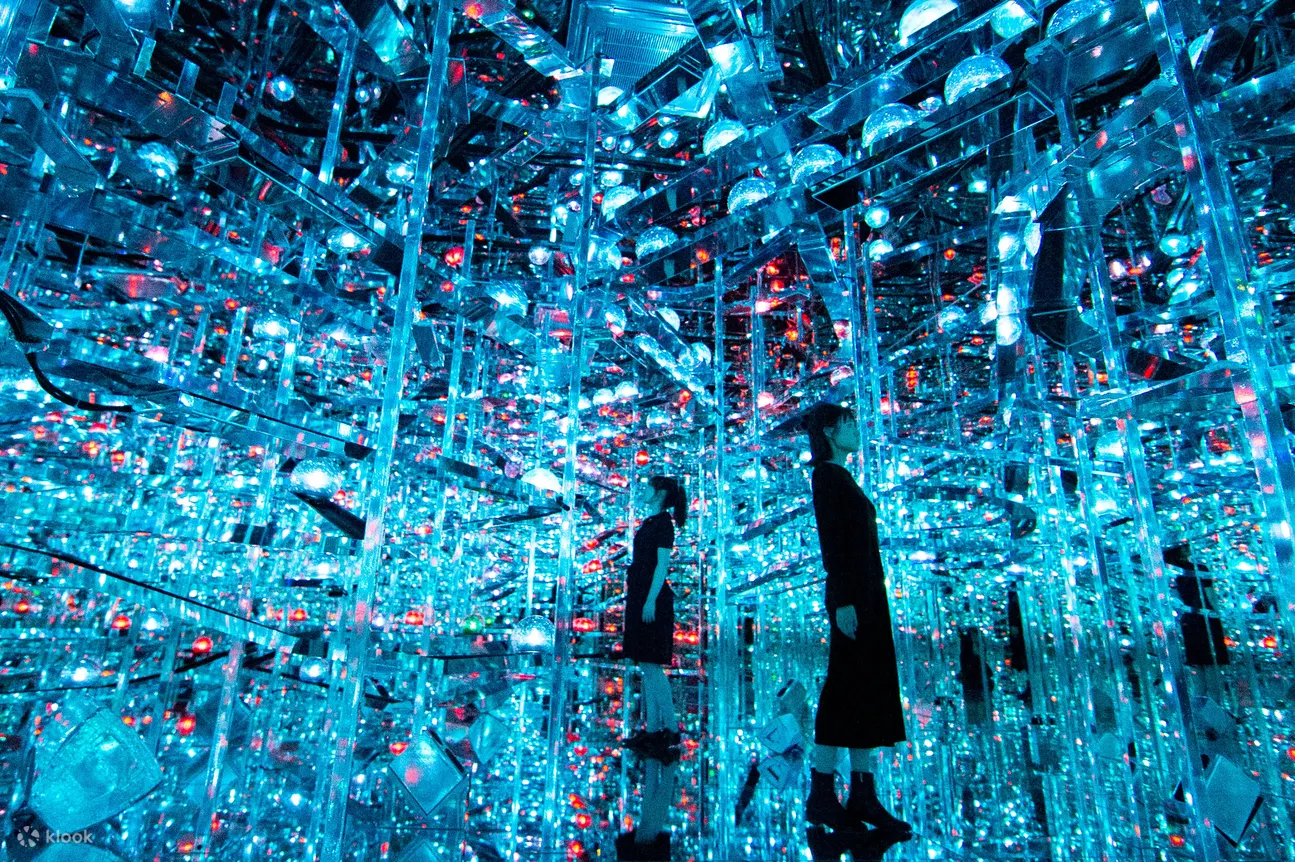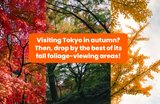Real Life Japan Anime Places to Visit to Satisfy Your Otaku Heart
Anime and manga are important aspects of Japan’s pop culture and have quite a presence in global pop culture as well. Their influence is undeniable, as they have inspired even non-Japanese creatives to create their own, from Nickelodeon’s Avatar: The Last Airbender to Netflix’s Castlevania!
The stories in these mediums are often set in fictional worlds, like the vibrant locales of Violet Evergarden to the bleak dark fantasy lands of the late Kentaro Miura’s Berserk. But there are a fair share of titles that are set in real-life locations, such as the bustling port city of Yokohama in Bungou Stray Dogs and Shibuya where one of the craziest story arcs of Jujutsu Kaisen takes place.
My fellow weebs, I’ve prepared a short list of some of the real-life Japan anime places you can go to when you visit Japan! I hope that you can experience the joy and excitement you’ve had watching and reading some of your favorite titles as you explore their settings in real life!
1. Yokohama - Bungou Stray Dogs
Yokohama is located in Kanagawa Prefecture on Tokyo Bay just south of Tokyo. As I mentioned earlier, it is the main setting for Bungo Stray Dogs and several of the city’s most popular attractions were featured in the anime.
The Yokohama Museum of Art is one such attraction. This museum is one of Japan’s largest art institutions and it houses an extensive collection of modern and contemporary artworks both from Western artists and locals! If you’re a fan of artists such as Salvador Dali and Pablo Picasso, you’ll be delighted to know that you can find some of their works there, such as Dali’s “Fantastical Landscapes” and Picasso’s “Woman Sleeping in a Chair.” As for local artists, you should definitely check out Kazuo Hyodo’s oil paintings, the sculptures of Denchu Hiragushi, and the photo-based landscape paintings of Mana Konishi.
IMPORTANT NOTE: The museum is currently closed for renovations and will reopen sometime in 2023.
If you recall the episode where Atsushi takes Kyouka out for some sightseeing, you can also visit the areas they’ve been to!
Yokohama Chinatown
Yokohama is home to the largest Chinatown in the country and Asia as a whole! It is home to hundreds of Chinese restaurants and stalls, so if you’re looking for some chow, you’ll be spoiled for choice here because there’s a wide variety of delicious snacks and meals to choose from!
One of the delights you shouldn’t miss out on is the panda steam bun of Rouishin! The buns come in different flavors, like matcha and your typical pork steam buns.
Harbour View Park
You should also visit Harbour View Park where you and your companions can enjoy a jaw-dropping panoramic view of the city. It’s actually the perfect place to visit a significant other, especially at night when the city burst into life with vibrant colorful lights.
Red Brick Warehouse
The Red Brick Warehouse is another real-life area that can be seen during Atsushi and Kyouka’s date! The warehouse is a shopping complex. It’s also a popular photo stop because it was built with bricks, which is a rarity in The Land of the Rising Sun. Inside, you’ll find numerous independent shops, cafes, and even an event hall that plays host to concerts and theatrical productions from time to time. If you visit during the Christmas season, there will be a Christmas market waiting for you!
2. Yamanashi Prefecture and Shizuoka Prefecture - Yuru Camp(Laid-back Camp)
Sometimes, you just need to spend a night or two in the arms of nature, so you should go camping! Yuru Camp will tell you the same thing. This chicken soup for the soul kind of anime and its slice-of-life camping episodes have lit a big spark in locals to the point that there was a huge spike in the number of people camping in Yamanashi Prefecture where the anime is mostly set!
The prefecture is home to some of the most scenic places in Japan! If you’re visiting this area and you’re thinking of camping, you can definitely visit the places where Rin, Nadeshiko, and company went to for their camping trips:
Lake Motosu
In the very first episode of the anime, we immediately see the first of the camping sites in the show, Koan Camping Ground, where visitors must register before going down to the famous Lake Motosu, which is considered to be one of the best places to get a good look at Mount Fuji from a distance. You can also go rowing around the lake if you wish, or simply sit down, read a book, and delight in a hearty cup of instant curry noodles.
Lake Shibire
Lake Shibire is featured in the sixth and seventh episodes of the anime and it is a bit different from the Lake Motosu campsite. The Suimeiso Camping Ground, where the show’s lead characters camped during these episodes, features scenic lakeside walking trails and has seasonal water activities to try like kayaking and even fishing!
Fumutoppara Campground in Shizuoka Prefecture
Sometimes, Yuru Camp’s characters camp outside Yamanashi. In the third episode, Rin makes her way to one of the most popular camping sites in the country, the Fumutoppara Campground in Shizuoka Prefecture! It has garnered renown for its wide camping space that allows not just campers with tents but also those with camper vans! It’s not just that. This camping ground is also one of the best spots to view Mount Fuji. It’s much closer to the legendary mountain compared to Lake Motosu, and you’ll have an unobstructed view of it and all its glory! Make sure to bring utensils and ingredients to make hot pot!
3. Tokyo - Kimi no Na wa, Durarara!!, Steins;Gate, and more
A lot of anime and manga are set in Tokyo. It’s only fitting considering that it is Japan’s capital city. If Tokyo is one of your prime destinations in Japan (and why wouldn’t it be?), you’ll definitely find a lot of places to be familiar. Here are some of the locations you might want to visit:
The Kimi no Na wa (Your Name) spots
Kimi no Na wa or Your Name is one of the most acclaimed anime films of all time, and like all of its director’s (Makoto Shinkai) films, it lovingly depicts real-life locations. It was a love story for the ages, and its cultural impact was so powerful that you’ll find a lot of people going on adventures to see areas like Salon de The Rond in Tokyo’s National Art Center and Starbucks Coffee Shibuya Crossing where Taki and Okudera went on dates.
There's also the now-super famous stairway that leads to Suga Shrine in the Yotsuya neighborhood of Shinjuku. That’s where Taki and Mitsuha had their fateful in-person encounters both when they were students and post-timeskip as adults.
Akihabara
Akihabara is the destination to be in if you love electronics, computers, anime, manga, and video games! It has numerous shops where you can purchase any gadgets that tickle your fancy, merchandise of your favorite anime and manga titles, maid cafes, game shops, and arcades!
If you’re a fan of the science fiction anime Steins;Gate, you’ll recognize one of the buildings here: Radio Kaikan. That’s where Okabe attends the lecture about time travel and where an actual time machine materializes, with the latter being a central component of the anime’s plot.
Inside Radio Kaikan, you’ll find everything that Akihabara is known for! This mall is filled to the brim with anime merchandise, electronics, and more! Visit AmiAmi inside it. You could say it's one of the best anime stores in Tokyo. It’s a shop where you’ll find pretty much all of these! With all the manga, figures, video games, books, trading cards, and even music CDs it has in store, you could easily spend hours just browsing around!
Ikebukuro
Ikebukuro is another one of Tokyo’s commercial districts and is the setting for the critically-acclaimed Durarara!! Series. Luckily, and hopefully, there are no Dollar gang members and crazy bouncers that can throw vending machines like they’re baseballs. But you’ll definitely find many of the iconic locations featured in the series, such as Sunshine 60 Street where you’ll find Tokyu Hands and the famous Sunshine City shopping mall. Inside that complex, you’ll find the Sunshine Aquarium and even a Pokemon Center!
There’s even a center for otaku culture called Otome Road, which has shops for manga and anime that cater to women. If Akihabara has maid cafes, then Otome Road has butler cafes. There are also shops that sell boys' love manga.
The flagship store of Animate, the largest anime and manga chain store in Japan, can be found along Otome Road as well. This nine-floor building will definitely give you a run for your money.
4. Shirakawa-go - Higurashi no Naku Koro Ni series
The infamous Higurashi series is set in Hinamizawa Village, which takes after Shirakawa-go in real life. If, like me, you were gripped by the mystery and horror of this cult show, then I bet you already know about and want to visit the real-life inspiration of the village. And by inspiration, I mean its design. There’s no curse in Shirakawa-go. Maybe. Hopefully.
Shirakawa-go is one of Japan’s UNESCO World Heritage Sites and is famous for its farmhouses, which have massive rooftops designed to withstand the heavy snow that hits the village during wintertime. These rooftops are called gassho-zukuri, which means “hands in prayer” because these steep, slanted roofs do resemble hands in prayer.
If you’re visiting this village, make sure to spend a night or two at a farmhouse. Many of them are minshuku (Japanese-style bed and breakfasts) and are family-run! These come with breakfast and dinner, which is great because no restaurants are open there at night.
These are but some of the many locations featured in anime and manga that you can visit. There are just too many to list! But I hope this gets you pumped to visit them, especially when Japan finally eases up on their travel requirements.
Currently, you need to book a tour package that covers a multi-day itinerary, your accommodation(s), meals, and private car charters that will take you to and from the airport, so there might not be room to indulge your weeb dreams. Hopefully soon, it becomes possible to enter Japan without such strict tour packages and freely go on adventures.
Safe travels, my fellow weebs!

